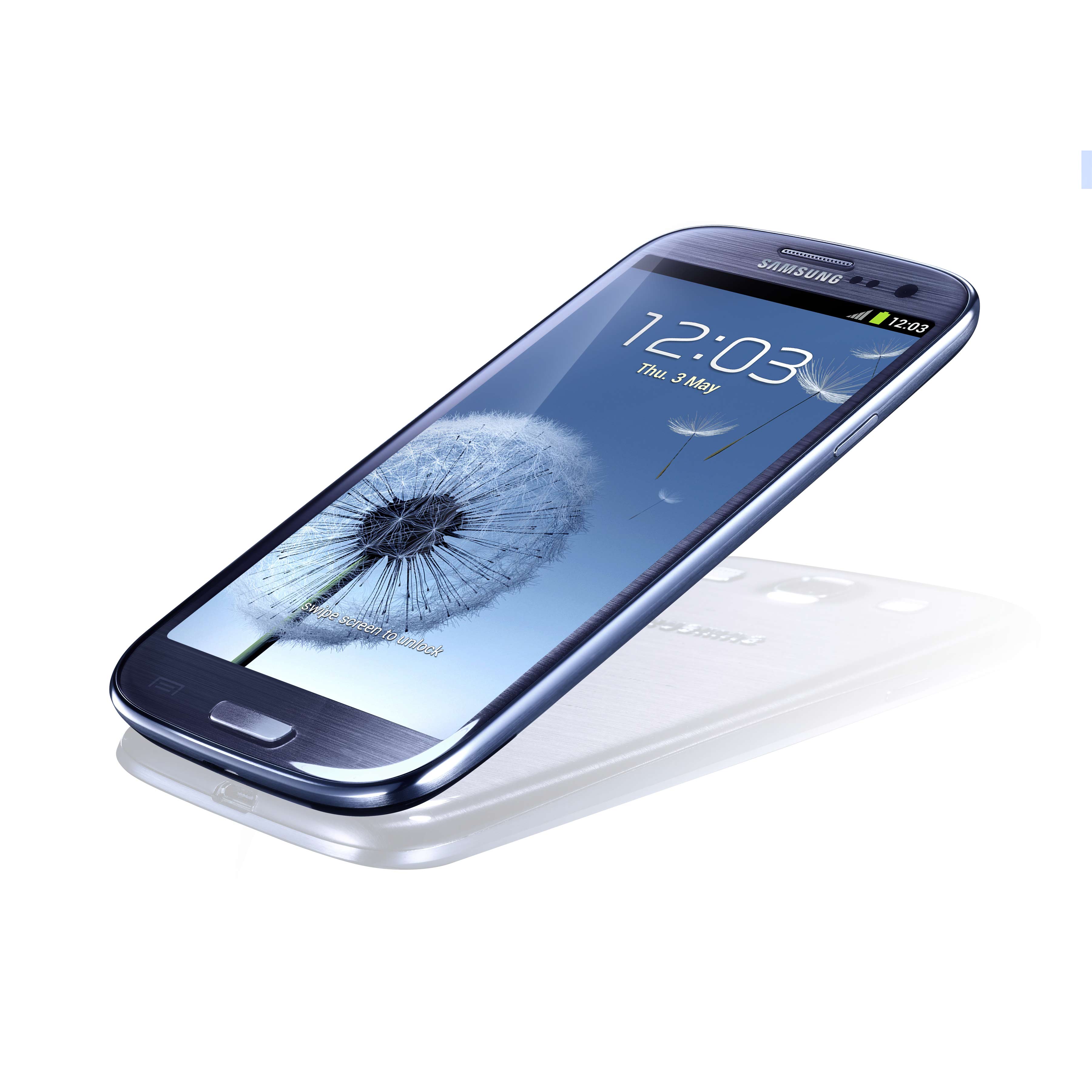Telecom & Wireless
Moto X Trapped Between Apple iPhone and Samsung Galaxy
Published:
The new Motorola Moto X, made by the division of Google Inc. (NASDAQ: GOOG), may be the best smartphone ever made — the best in the universe. But in the great sea of smartphones, it is caught, in particular between the Apple Inc. (NASDAQ: AAPL) iPhone, which should launch another generation soon, and the Galaxy 4, which Samsung launched just four months ago. There is only so much air in any given room.
The Moto X has all a consumer should want, but the features are not different enough from those of the industry leaders that most people can tell them apart, except for in the critical case of brand name. The Moto X has a 4.7 inch screen, which puts it in the league of it rivals. Its camera is particularly powerful, as is its video capture capacity. Specifically, the Moto X has a “Mobile Computing system,” along with a Snapdragon S4 Pro processor, quad-core Adreno 320 GPU, finishing with a contextual computing processor and a natural language processor. How many people can tell what all of that means?
The Moto X will be priced somewhere between $150 and $250, depending on storage capacity, with a two-year subscription plan with AT&T Inc. (NYSE: T), and probably with some of the carrier’s competition.
The most important feature of the Moto X is that users can ask Google questions through a voice recognition system. Apple’s Siri, which is supposed to do the same thing, has been criticized as faulty and subject to mistakes. Maybe the Moto X system will be better. But how many people actually ask their phones questions?
Motorola was the second largest handset company behind Nokia Corp. (NYSE: NOK) at one time. Its RAZR phone was released in 2004 and sold tens of millions of units. There have to be dozens of business school case studies about how Motorola failed to build and market a successor. Suffice it to say that Motorola began to die in 2008 and never regained its health. It is an ongoing mystery why Google, with its cash-laden balance sheet, bought such a terribly broken company.
The fact of the matter is that even leaders Apple and Samsung have pushed the limits of what most people need in a smartphone. Is that 20, 30 or 40 features? Much of the population uses smartphones to make calls and text, to use maps and search. Some people also use the camera. Beyond that, what the devices can do is far less useful for most consumers.
A typical AT&T store only has so much shelf space. Most of that space is taken up by Apple and Samsung products, some of them phones and others tablets. And 4G has become a bigger selling point than devices, so hardware is not as much a star as speed.
The Moto X is already lost among other smartphones, smartphone features and the need of carriers to market their networks. It is a trap from which the new product cannot escape.
Retirement can be daunting, but it doesn’t need to be.
Imagine having an expert in your corner to help you with your financial goals. Someone to help you determine if you’re ahead, behind, or right on track. With SmartAsset, that’s not just a dream—it’s reality. This free tool connects you with pre-screened financial advisors who work in your best interests. It’s quick, it’s easy, so take the leap today and start planning smarter!
Don’t waste another minute; get started right here and help your retirement dreams become a retirement reality.
Thank you for reading! Have some feedback for us?
Contact the 24/7 Wall St. editorial team.